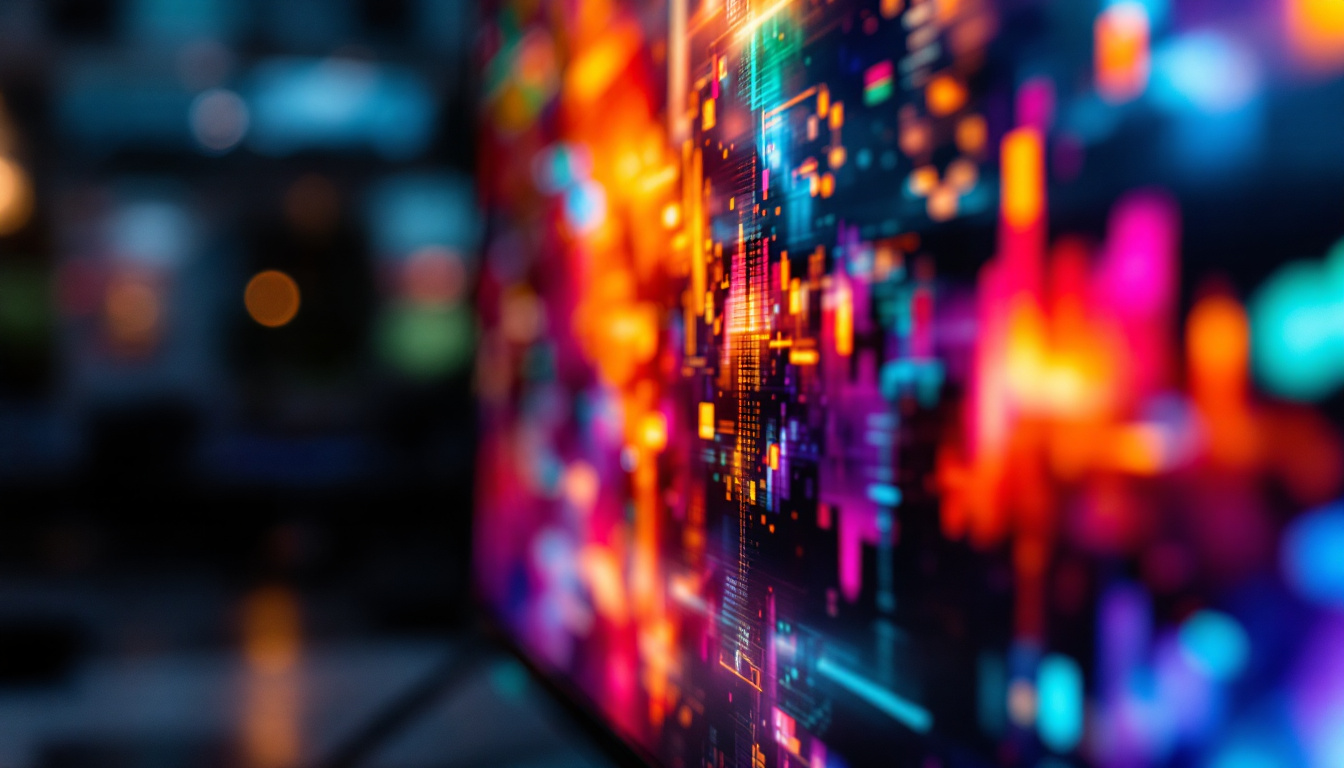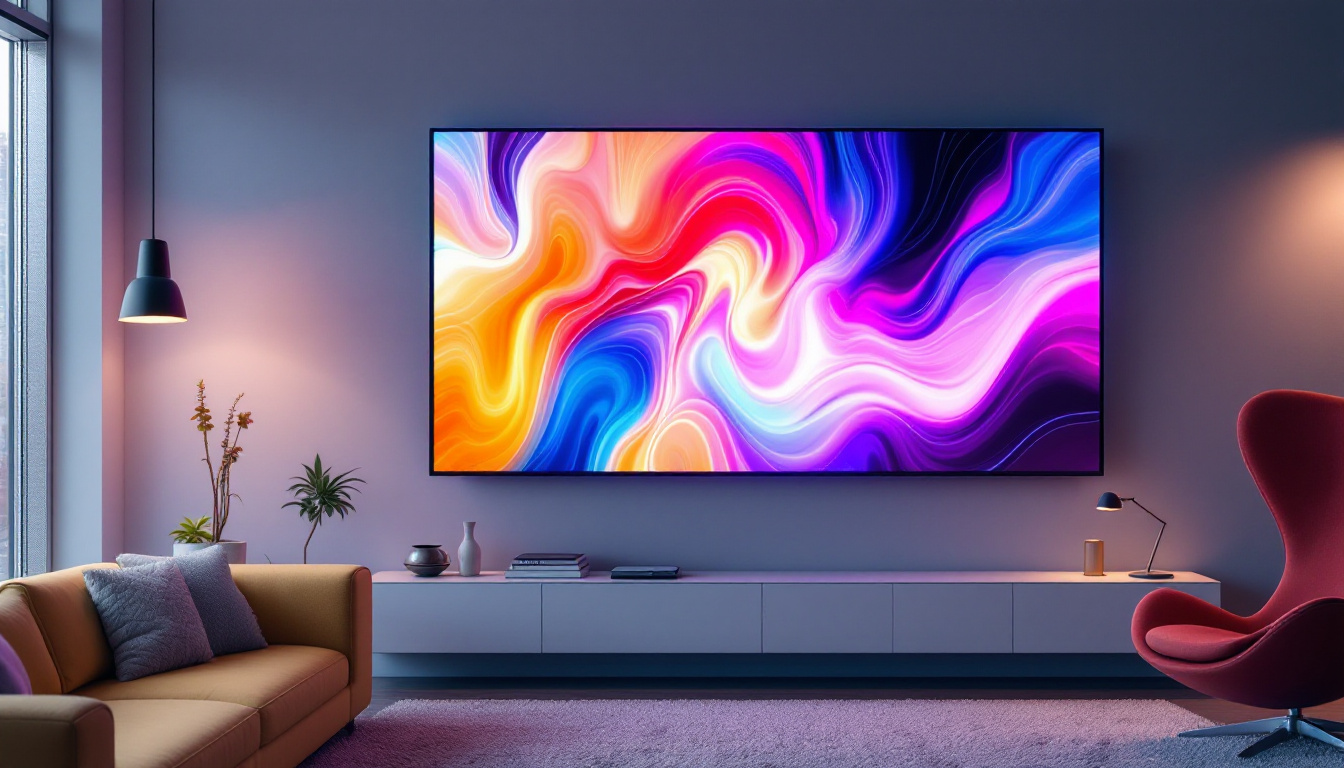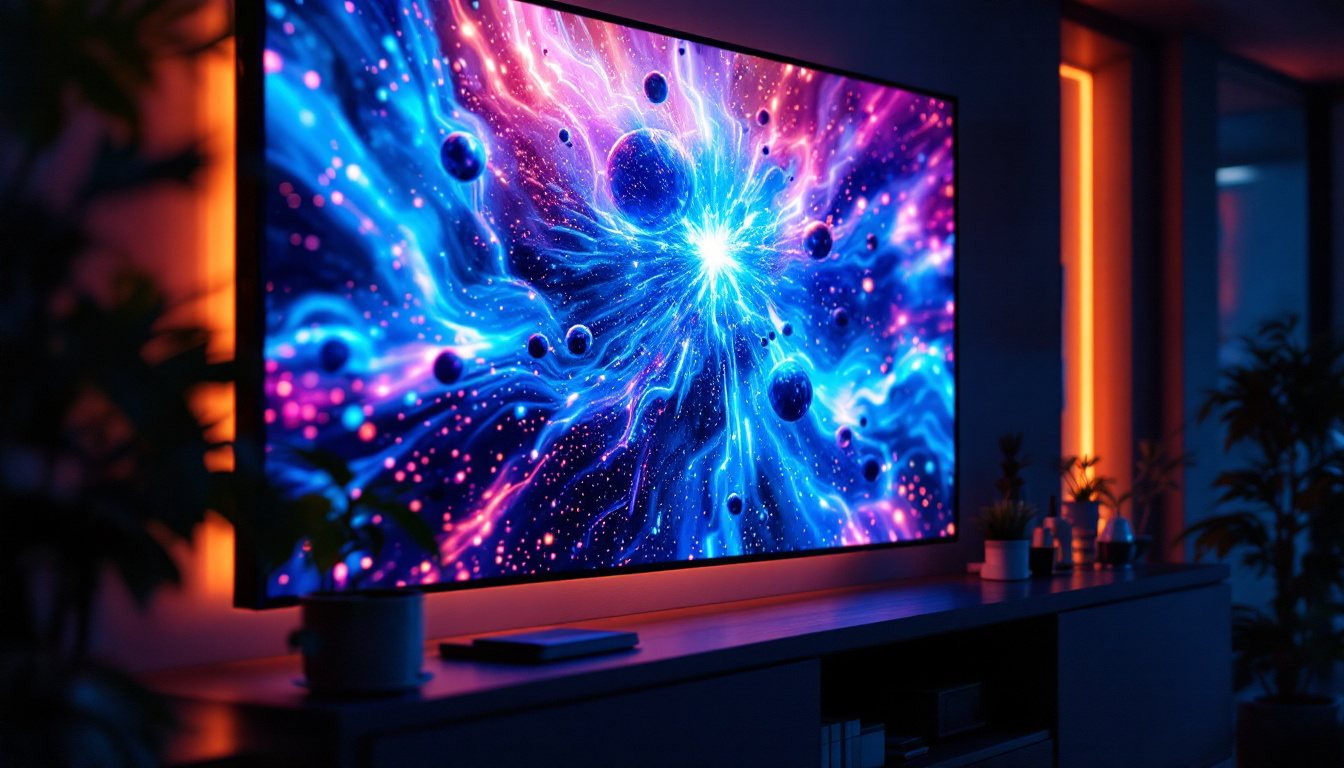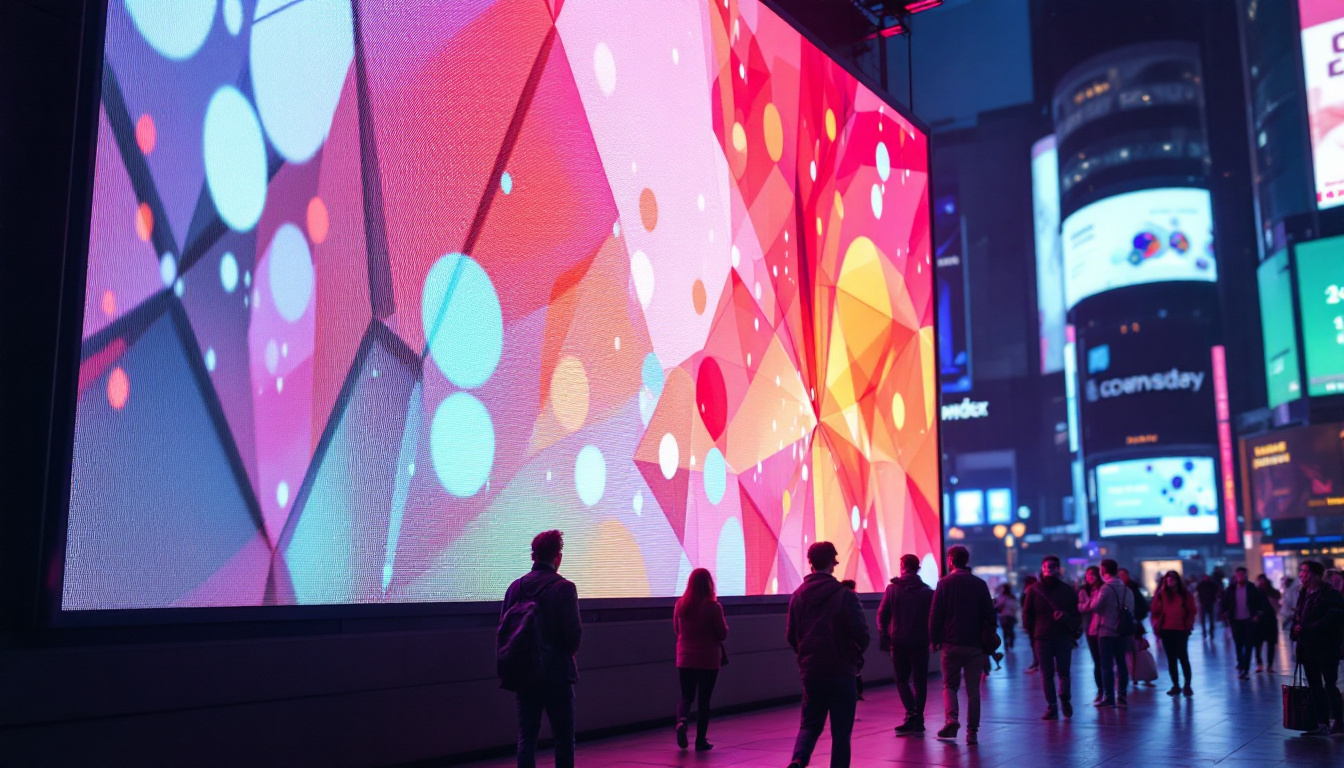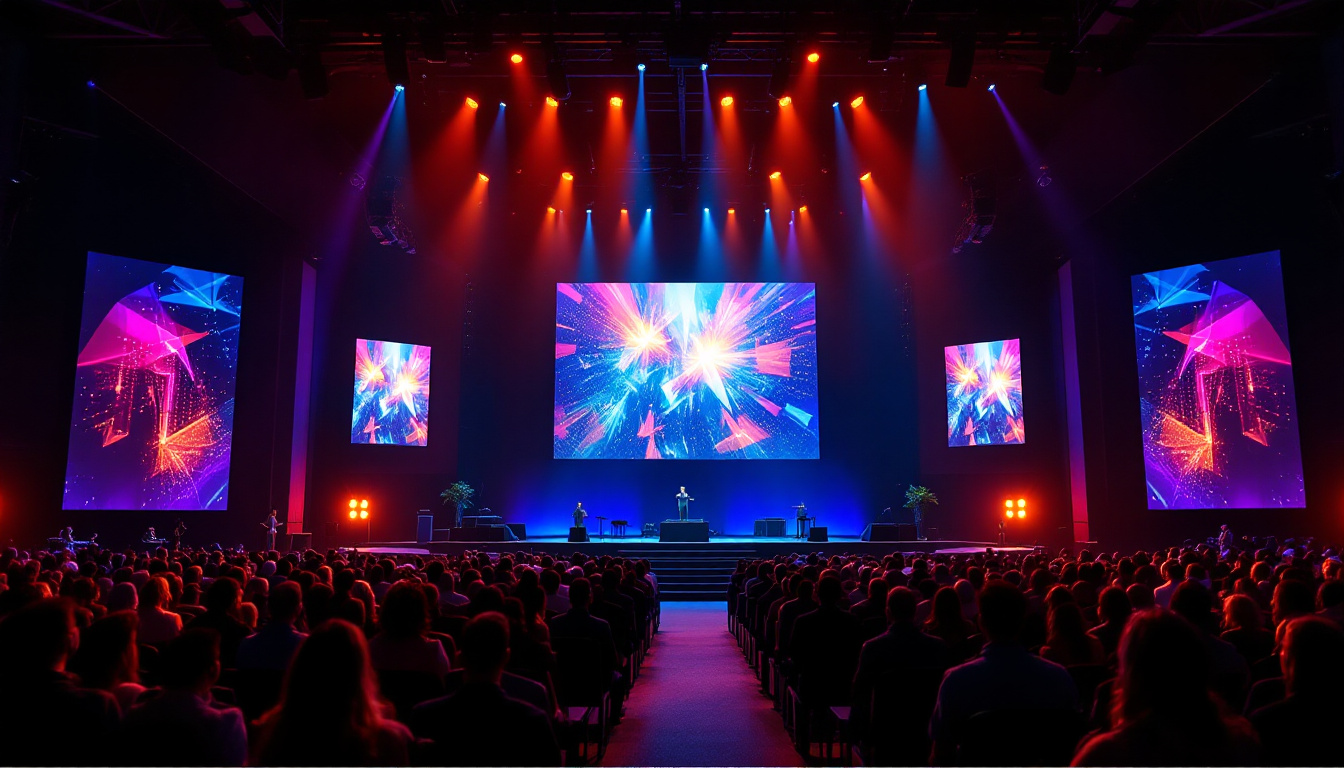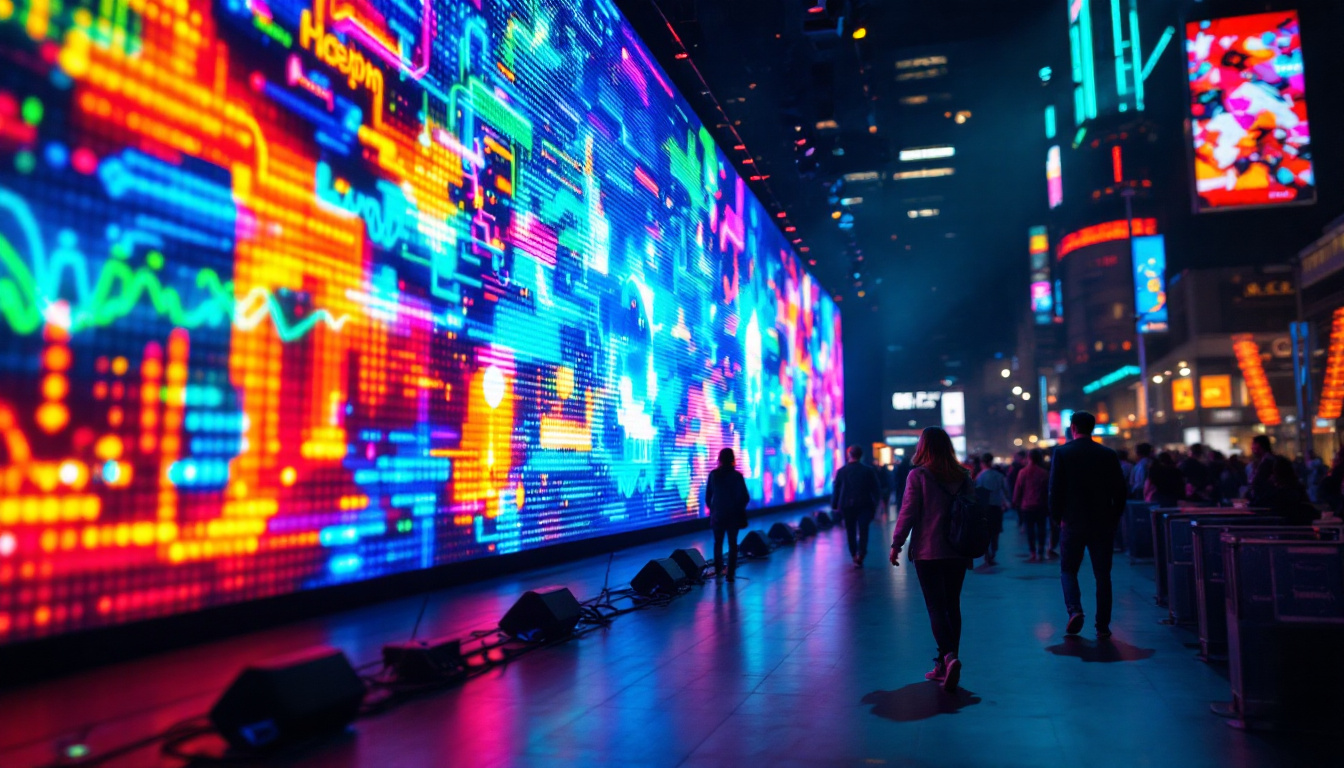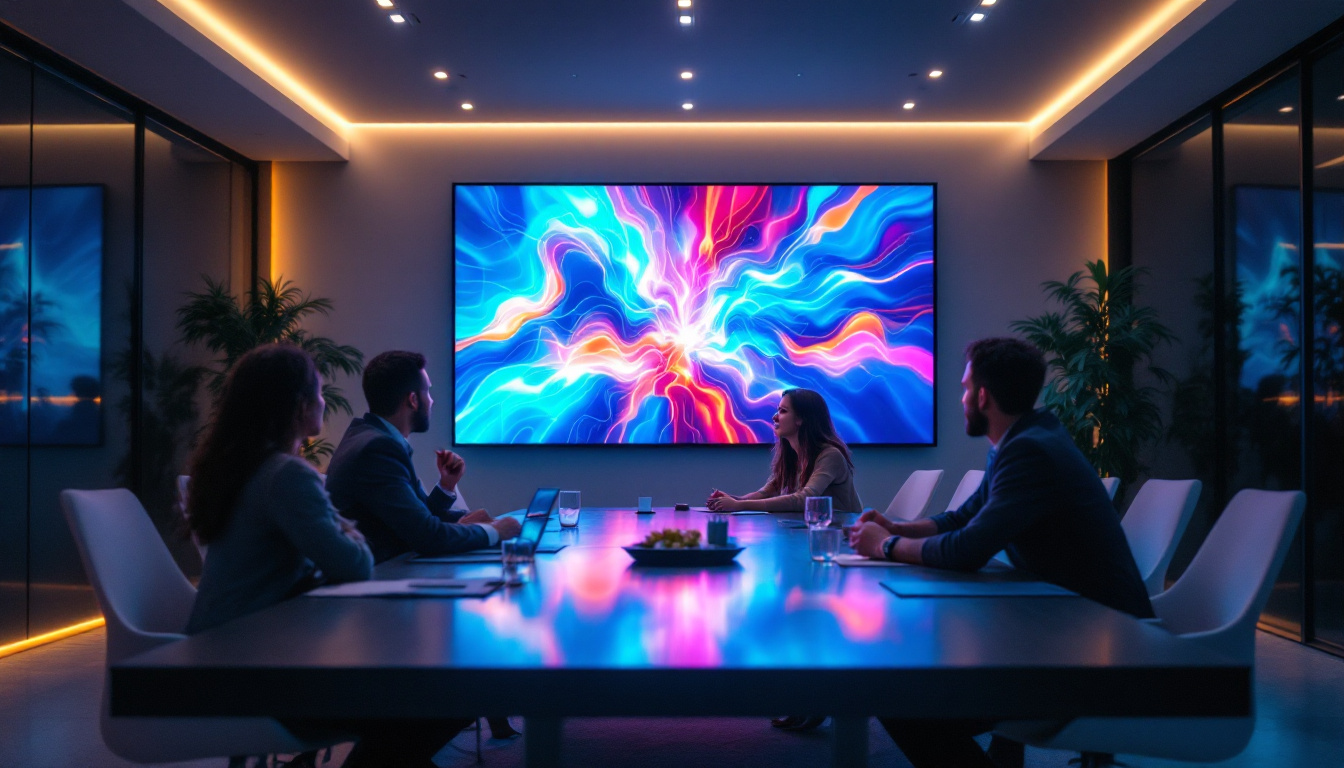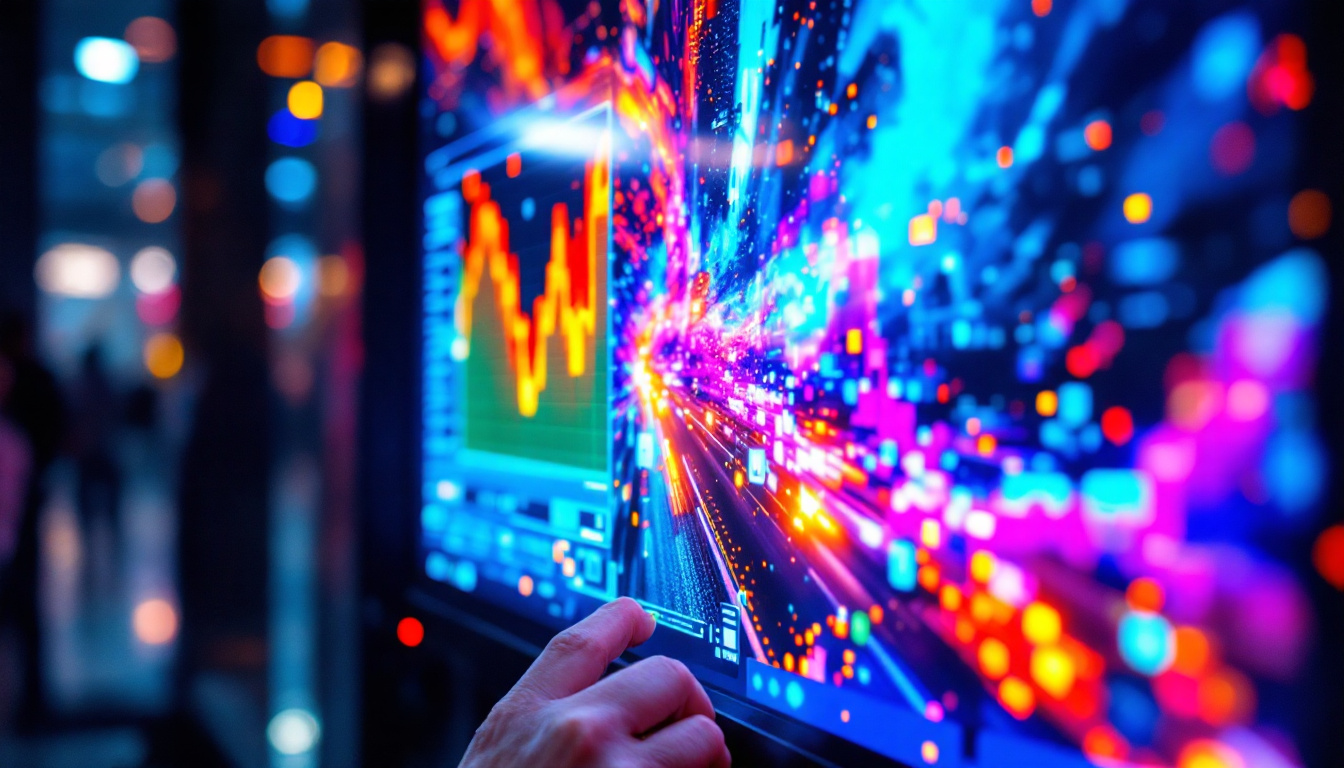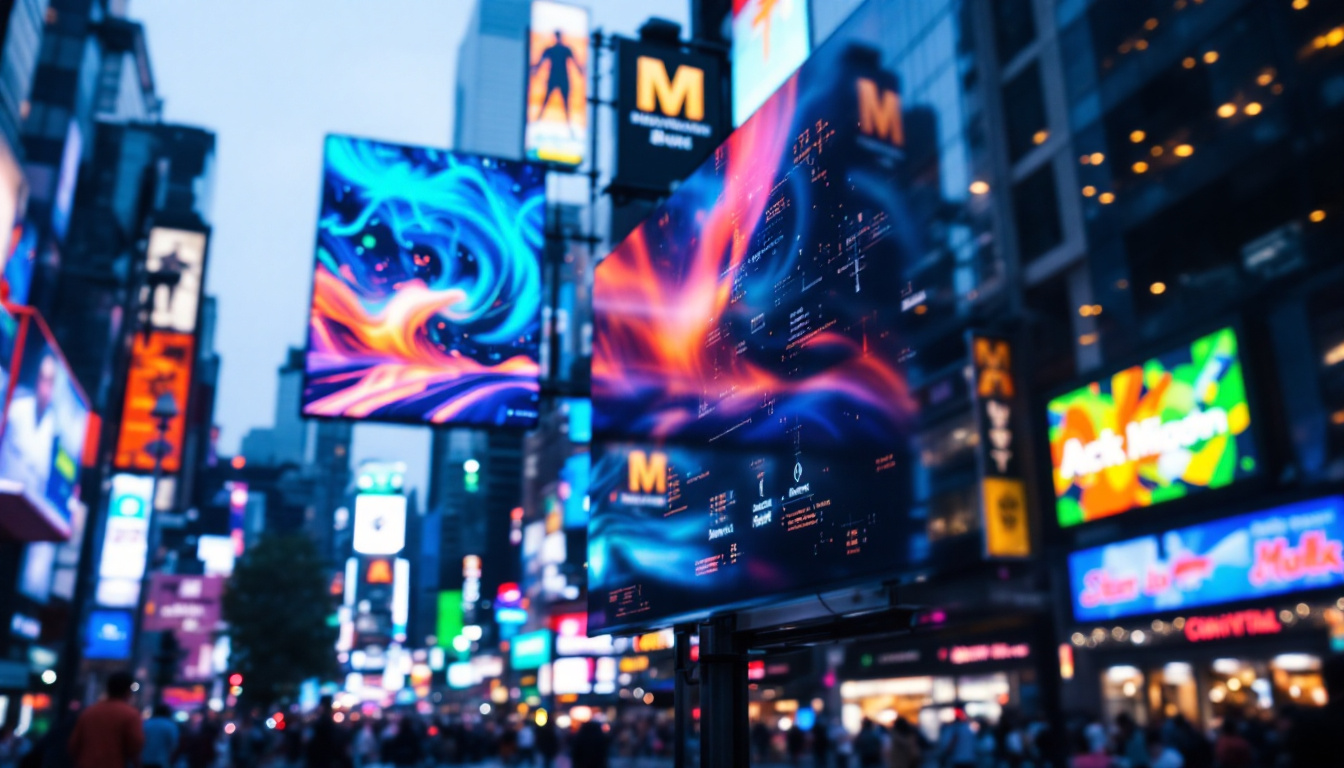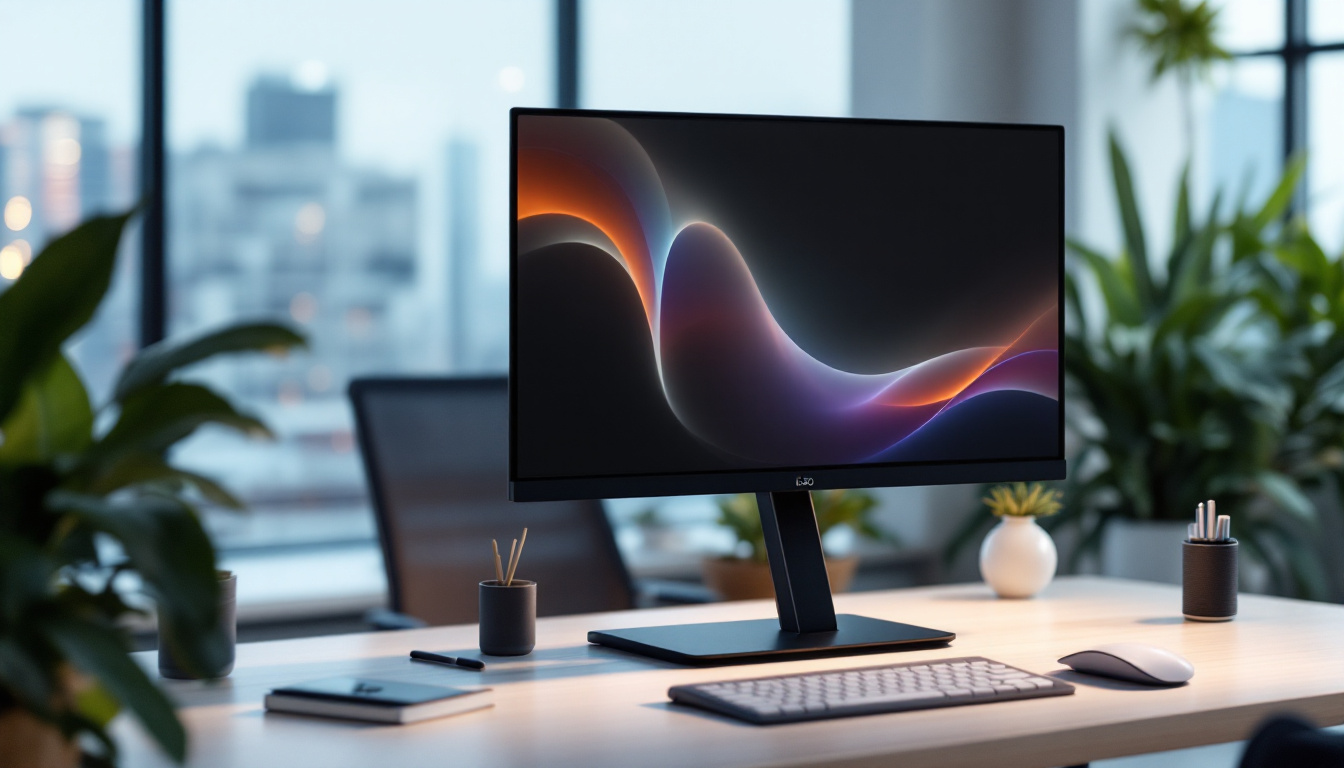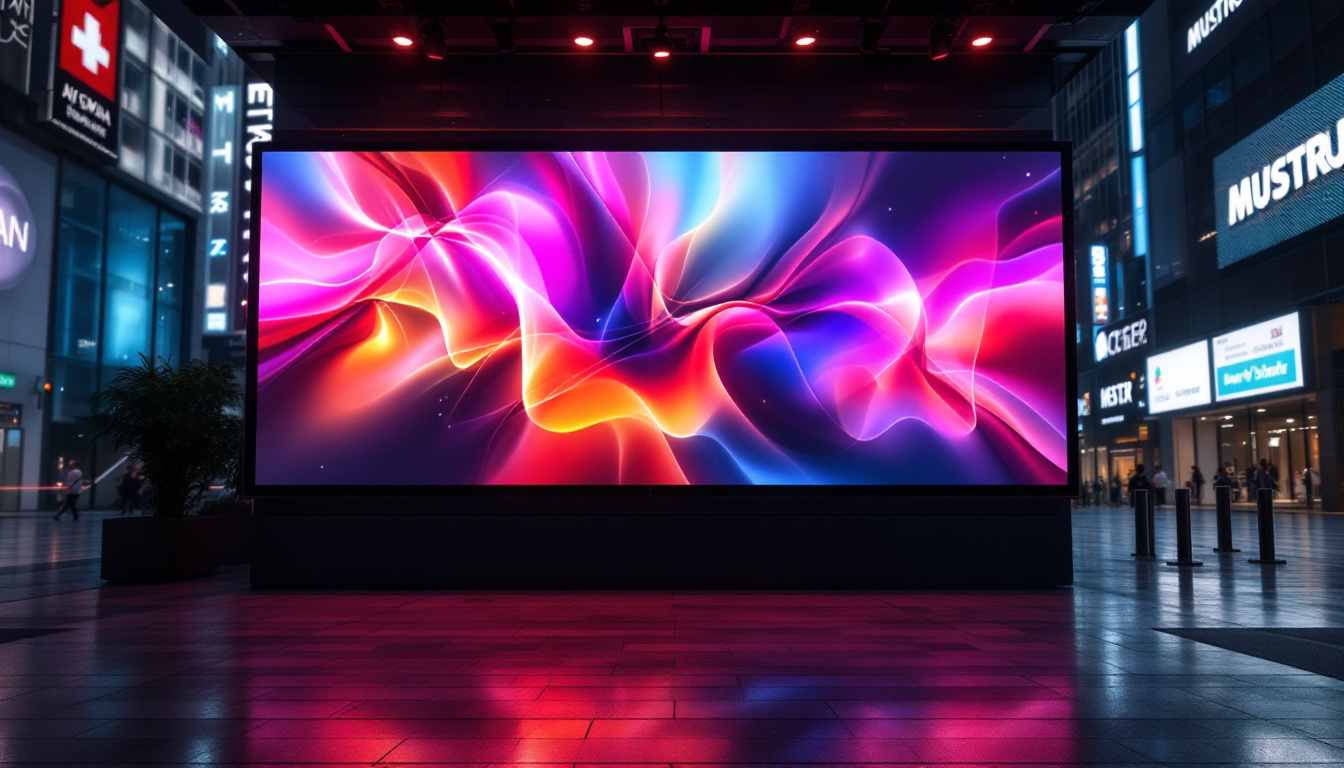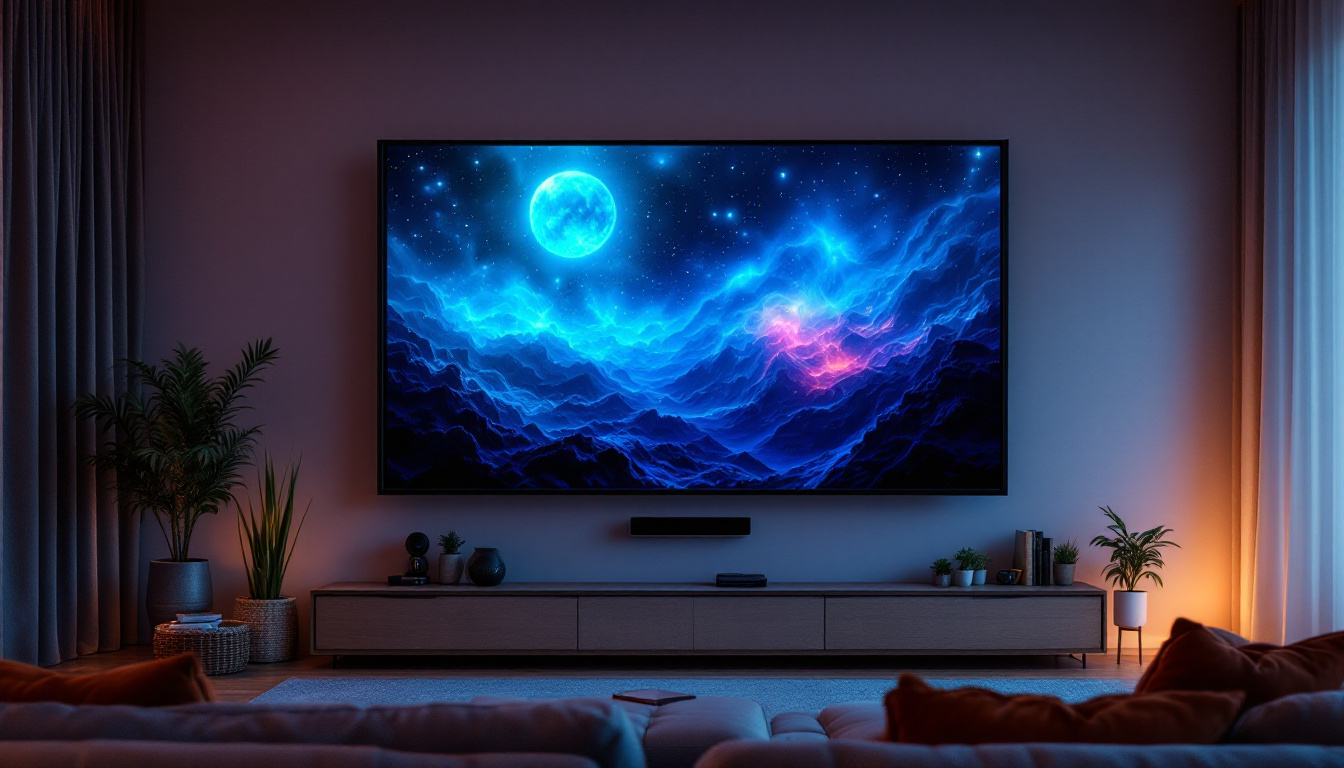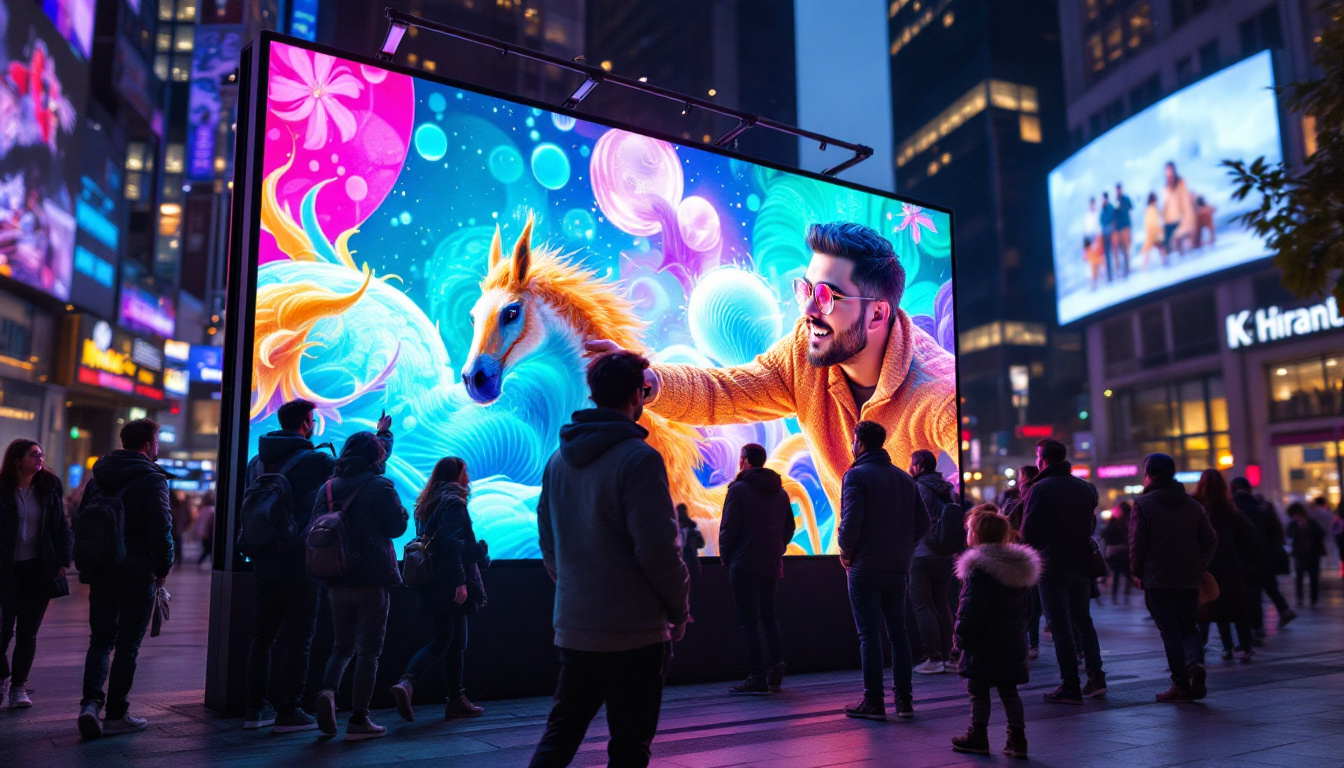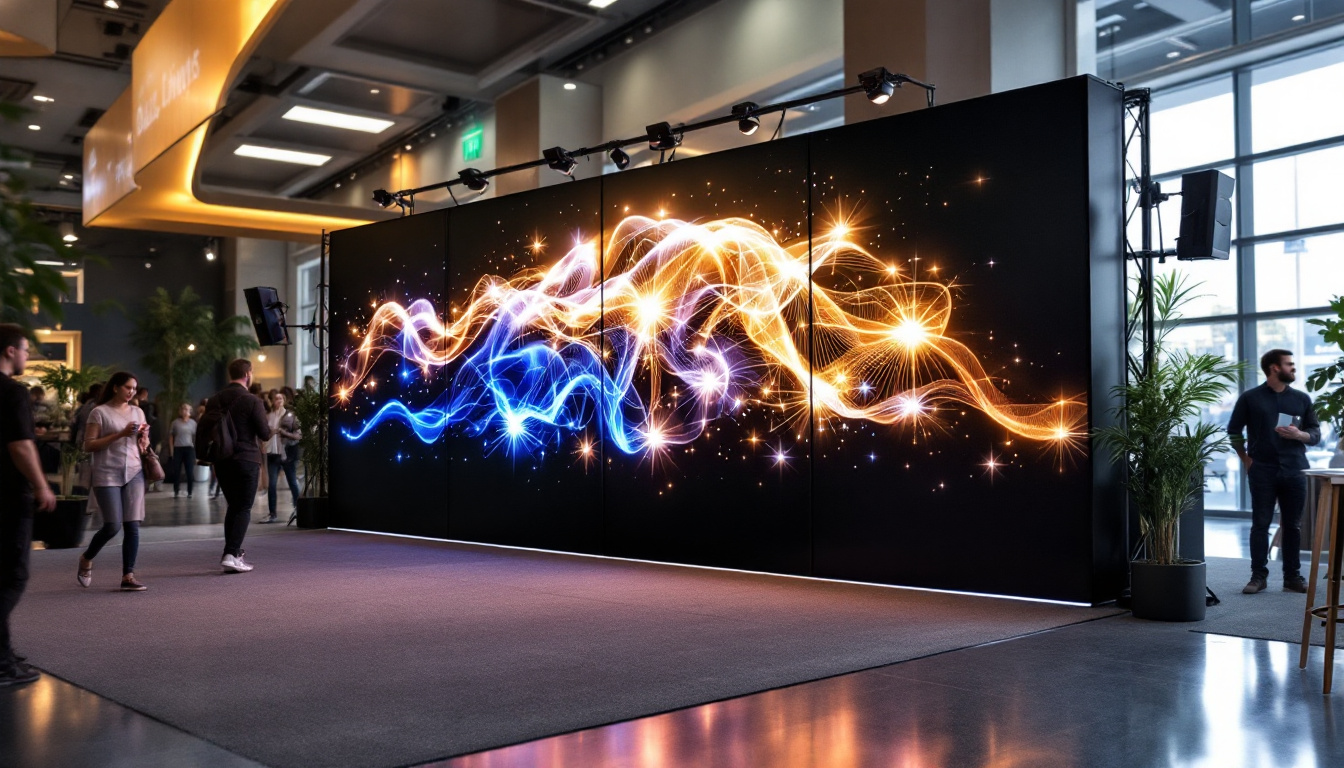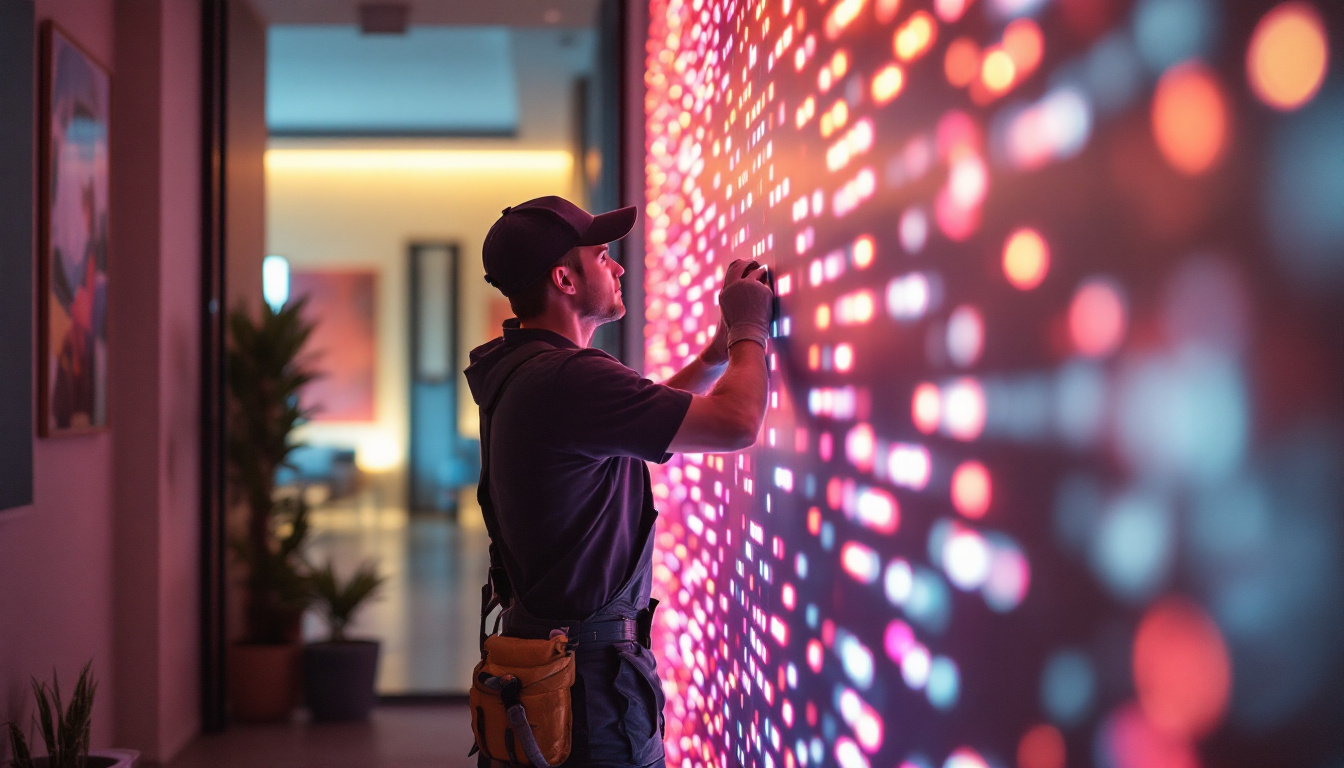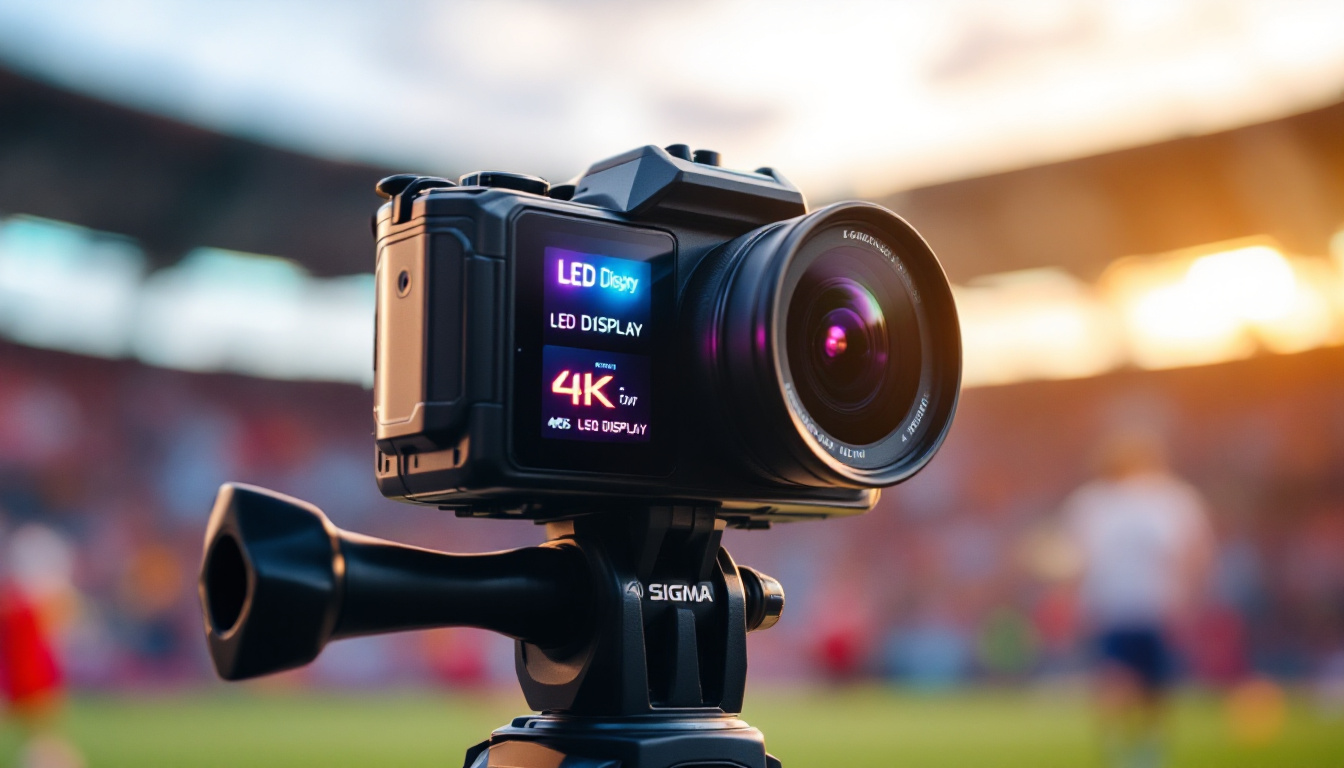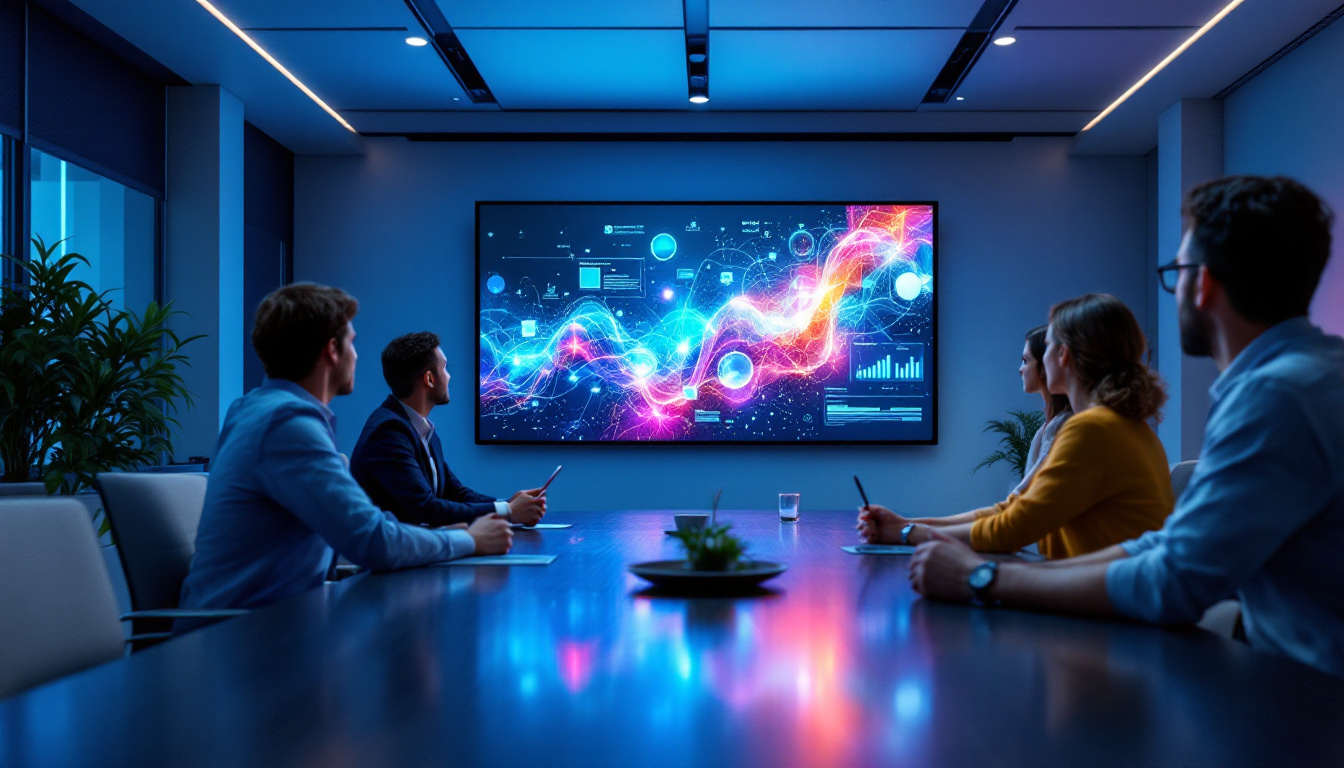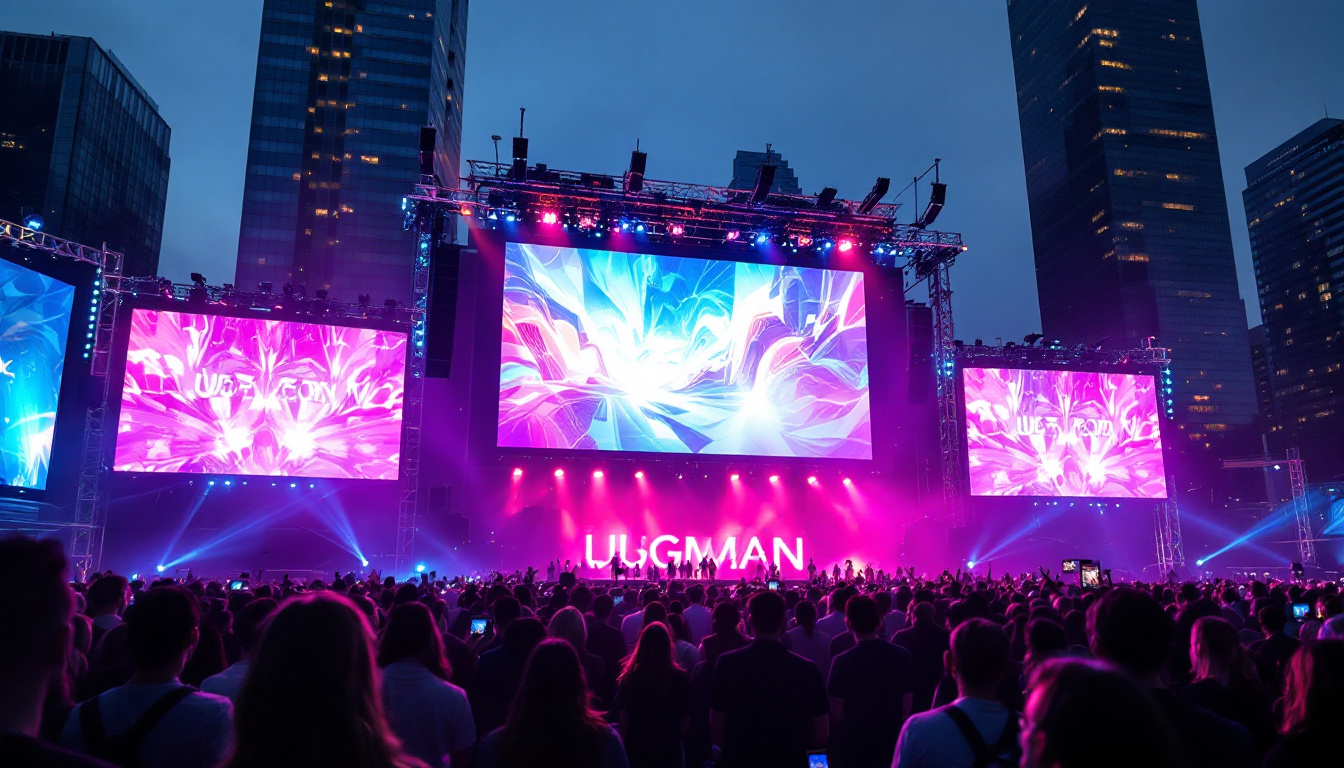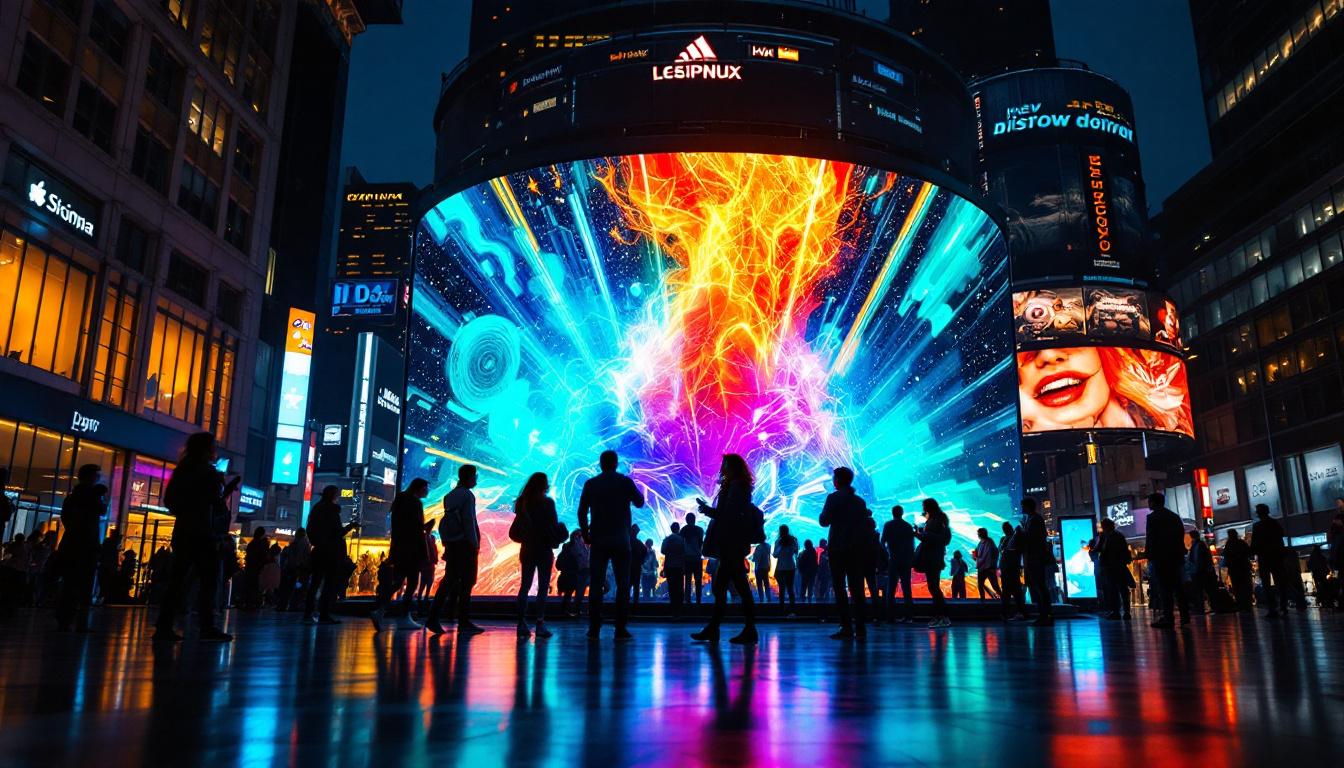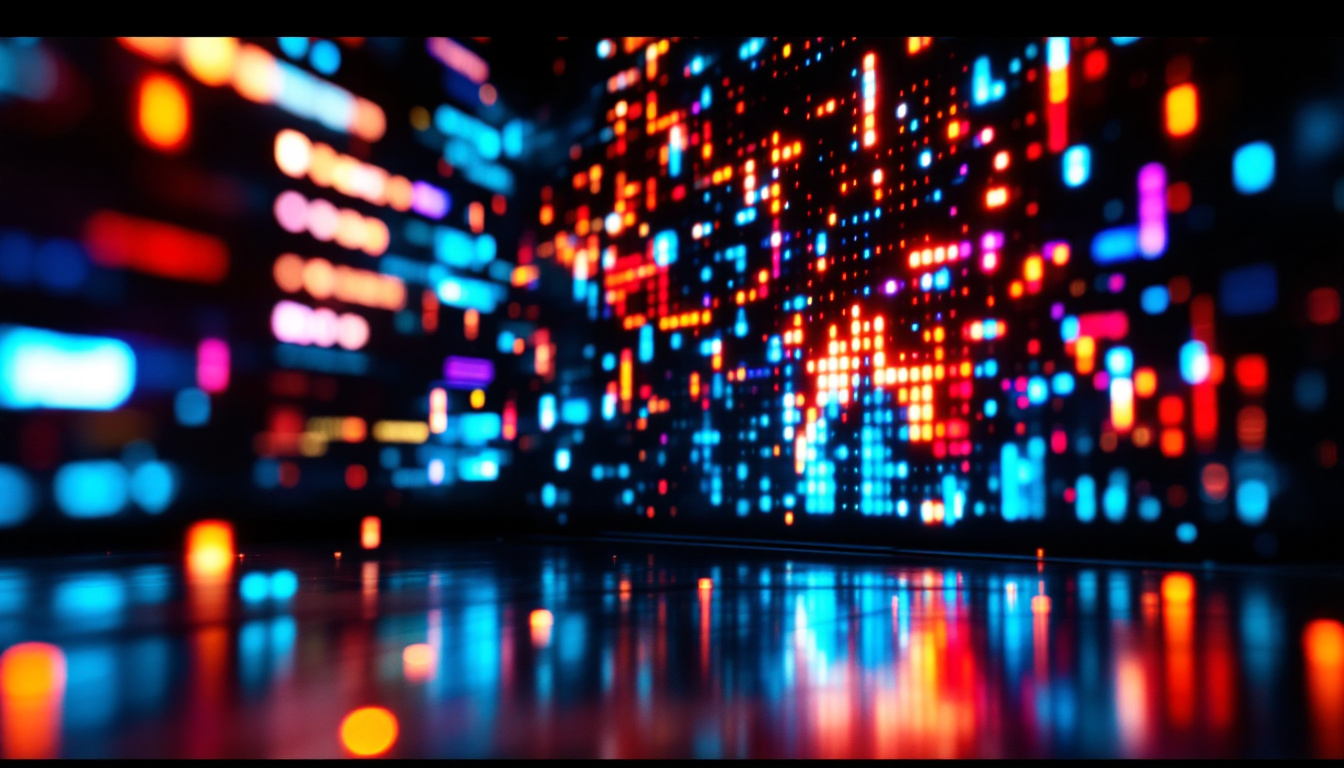In the realm of modern technology, displays play a pivotal role in how we interact with digital content. Among the various types of displays available today, LED (Light Emitting Diode) technology has emerged as a popular choice for pixel monitors. This article delves into the intricacies of LED displays, exploring their functionality, advantages, and applications.
Understanding LED Display Technology
LED displays utilize light-emitting diodes to produce images and videos on screen. Unlike traditional LCDs, which require a backlight, LED displays can emit light directly, resulting in brighter images and better contrast ratios. This fundamental difference in technology significantly impacts the overall performance and quality of the display. The advancements in LED technology have revolutionized various sectors, including entertainment, advertising, and information dissemination, making it a pivotal component in modern visual communication.
How LED Displays Work
The core principle behind LED displays involves the use of semiconductor materials that emit light when an electric current passes through them. These diodes are arranged in a grid-like pattern, forming pixels that can be individually controlled to create images. Each pixel typically consists of red, green, and blue (RGB) sub-pixels, which can be combined in various intensities to produce a wide spectrum of colors. This ability to manipulate light at the pixel level allows for incredible detail and clarity in images, making LED displays ideal for high-definition content.
When an image is displayed, the monitor’s controller sends signals to each pixel, adjusting the brightness of the RGB components. This allows for precise color reproduction and smooth transitions between shades. The result is a vibrant and dynamic visual experience that captivates viewers. Additionally, LED displays can achieve faster refresh rates compared to traditional displays, which is particularly beneficial for fast-paced video content such as sports and gaming, where motion clarity is crucial.
Types of LED Displays
LED technology can be categorized into several types, each with its unique features and applications. The most common types include:
- Direct LED: In this configuration, LEDs are placed directly behind the LCD panel, providing uniform backlighting and improved brightness. This setup is often favored for larger screens, such as televisions and commercial displays, where consistent lighting is essential for an immersive viewing experience.
- Edge-Lit LED: Here, LEDs are positioned along the edges of the screen, with light diffused across the panel. This design allows for thinner displays but may result in less uniform brightness. Edge-lit technology is commonly used in ultra-slim televisions, making them aesthetically pleasing while still delivering decent picture quality.
- OLED (Organic LED): OLED displays use organic compounds that emit light when electrified. This technology allows for deeper blacks and greater contrast ratios, as individual pixels can be turned off completely. OLED screens are particularly popular in high-end smartphones and televisions, where superior color accuracy and viewing angles are paramount.
In addition to these types, there are also specialized LED displays, such as MicroLED and MiniLED, which push the boundaries of display technology even further. MicroLED displays consist of tiny, self-emitting LEDs that can create stunning visuals with incredible brightness and color accuracy, while MiniLED technology enhances traditional LCDs by using smaller LEDs for backlighting, resulting in improved contrast and HDR performance. These innovations are paving the way for the next generation of display technologies, promising even more immersive and engaging viewing experiences.
Advantages of LED Displays
LED displays have garnered attention for their numerous advantages over traditional display technologies. Understanding these benefits can help consumers make informed decisions when selecting a monitor.
Enhanced Brightness and Contrast
One of the most significant advantages of LED displays is their ability to produce brighter images. This heightened brightness is particularly beneficial in well-lit environments, where traditional displays may struggle to maintain visibility. The improved contrast ratios also contribute to a more immersive viewing experience, allowing for deeper blacks and more vibrant colors. Furthermore, the superior color accuracy of LED displays makes them an excellent choice for professionals in graphic design and photography, where precise color representation is crucial. This capability ensures that what you see on the screen closely matches the final output, whether in print or digital formats.
Energy Efficiency
LED technology is inherently more energy-efficient compared to older display technologies. The ability of LEDs to emit light without the need for a backlight reduces power consumption, making LED monitors an environmentally friendly choice. This efficiency not only lowers energy bills but also extends the lifespan of the display, resulting in lower replacement costs over time. Additionally, many LED displays come with features such as automatic brightness adjustment, which further optimizes energy use based on ambient lighting conditions. This not only conserves energy but also enhances user comfort by reducing eye strain during prolonged use.
Thin and Lightweight Design
Another notable advantage of LED displays is their slim profile and lightweight construction. This design flexibility enables manufacturers to create sleek monitors that occupy minimal desk space. The portability of LED displays makes them ideal for various applications, from home use to professional settings. Moreover, the thin design allows for innovative mounting solutions, such as wall mounting or integration into multi-screen setups, which can enhance productivity in work environments. As a result, users can enjoy a more organized workspace while benefiting from the expansive viewing area that multiple screens can provide.
Longevity and Durability
In addition to their energy efficiency and design advantages, LED displays are known for their longevity and durability. Unlike traditional cathode ray tube (CRT) displays, which can suffer from burn-in and other degradation issues over time, LED technology is less susceptible to these problems. This means that users can expect consistent performance and image quality throughout the life of the monitor. Furthermore, many LED displays are built with robust materials that can withstand the rigors of daily use, making them a reliable choice for both home and commercial applications. This durability is particularly important in settings where displays are frequently moved or adjusted, such as in educational institutions or trade shows.
Applications of LED Displays
LED displays are versatile and can be found in a wide range of applications. Their adaptability makes them suitable for both personal and commercial use.
Home Entertainment
In the realm of home entertainment, LED televisions have become the standard choice for consumers. Their superior picture quality, combined with features such as smart technology and 4K resolution, enhances the viewing experience for movies, sports, and gaming. The vibrant colors and sharp details provided by LED displays create an immersive atmosphere that elevates home entertainment.
Professional Use
LED displays are also prevalent in professional environments, including offices, conference rooms, and design studios. Their accurate color reproduction and high resolution make them ideal for graphic design, video editing, and presentations. Additionally, many businesses utilize LED displays for digital signage, effectively communicating information and promotions to customers in retail spaces.
Outdoor Advertising
Outdoor LED displays have revolutionized advertising by providing dynamic and eye-catching visuals. Billboards and signage equipped with LED technology can display vibrant advertisements that capture the attention of passersby. The ability to change content quickly and remotely allows advertisers to engage audiences with timely promotions and messages.
Challenges and Considerations
Despite their many advantages, LED displays are not without challenges. Understanding these potential drawbacks is essential for making an informed purchase.
Cost Considerations
While LED technology has become more affordable over the years, high-quality LED displays can still come with a premium price tag. Consumers should weigh the benefits against the initial investment, considering how the display will be used and the expected lifespan. In some cases, opting for a less expensive alternative may be more practical, especially for casual users.
Viewing Angles
Another consideration is the viewing angle of LED displays. While many modern LED monitors offer improved viewing angles, some models may still exhibit color distortion or reduced brightness when viewed from the side. This is particularly important in environments where multiple people will be viewing the screen simultaneously, such as in a conference room or living space.
Potential for Burn-In
In the case of OLED displays, a phenomenon known as burn-in can occur. This happens when static images are displayed for extended periods, leading to ghosting effects on the screen. While traditional LED displays are less susceptible to this issue, users should still be mindful of screen usage to prolong the lifespan of their monitors.
Future Trends in LED Display Technology
The landscape of LED display technology is ever-evolving, with innovations continually shaping the future of visual experiences. Several trends are emerging that could redefine how LED displays are utilized across various industries.
Mini LED and Micro LED Technologies
Mini LED and Micro LED technologies are gaining traction as advancements in LED display technology. Mini LED displays utilize smaller LEDs for backlighting, allowing for more precise control over brightness and contrast. This results in improved HDR (High Dynamic Range) performance, providing an even more immersive viewing experience.
Micro LED technology takes this a step further by using microscopic LEDs that can be individually controlled, eliminating the need for a backlight altogether. This innovation promises to deliver exceptional color accuracy, brightness, and contrast, making it a game-changer in the display industry.
Flexible and Transparent Displays
Another exciting trend is the development of flexible and transparent LED displays. These displays can be bent or shaped to fit various applications, opening up new possibilities for design and functionality. Transparent displays, in particular, offer innovative solutions for advertising and information sharing, allowing content to be viewed without obstructing the view behind the screen.
Integration with AI and Smart Technology
The integration of AI and smart technology into LED displays is also on the rise. Smart displays can adapt to their environment, adjusting brightness based on ambient light or even recognizing users to provide personalized content. This level of interactivity enhances user engagement and creates a more dynamic viewing experience.
Conclusion
LED displays have transformed the way we experience visual content, offering superior brightness, energy efficiency, and versatility. From home entertainment to professional applications, the advantages of LED technology are undeniable. As advancements continue to shape the future of displays, consumers can expect even more innovative solutions that enhance their viewing experiences.
While challenges exist, understanding the intricacies of LED displays empowers consumers to make informed decisions. Whether investing in a new monitor for personal use or considering displays for commercial applications, the benefits of LED technology are sure to leave a lasting impact.
In summary, LED displays represent a significant leap forward in display technology, and their continued evolution promises to redefine how we interact with digital content for years to come.
Discover LumenMatrix’s Innovative LED Solutions
Ready to experience the future of visual content with LED technology? LumenMatrix is at the forefront of LED display innovation, offering a wide array of solutions that cater to your unique needs. From Indoor and Outdoor LED Wall Displays to specialized options like Vehicle, Sports, and Floor LED Displays, LumenMatrix has the perfect solution to elevate your brand’s visibility. Embrace the power of Custom, All-in-One, and Transparent LED Displays to create truly captivating visual experiences. Don’t miss out on the opportunity to transform your visual communication. Check out LumenMatrix LED Display Solutions today and step into a world of unparalleled clarity and engagement.

